Pick almost any spot in Southwest Florida on a map, draw a circle around it with an estimated driving time of about an hour, then look for golf courses!
It won’t take long to find dozens. Many dozens.
At Florida Gulf Coast University’s Golf Management program, a count has been done. The program’s website estimates there are 135-to-140 golf courses within an hour’s drive of its Lee County campus.
Golf is a staple of the Southwest Florida economy and recreation and has been for more than a century, going back to the opening of the Fort Myers County Club in 1917.
“I honestly think golf put Southwest Florida on the map,” said Tara McKenna, director of the FGCU golf management program.
Each golf course is business. Golfers generate more than drives off tees. They generate jobs. Take away those golf courses?
“There wouldn’t be the restaurants, the hotels,” McKenna said. “There wouldn’t be a need for that stuff.”
The impact is profound from the golfers paying greens fees to grabbing a bite to eat at a club’s snack shack to purchasing multimillion-dollar homes in gated golf communities.
McKenna cited Golf Life Navigators CEO Jason Becker as the source for these statistics:
The annual marketplace national for private club membership and real estate sales is $187 billion.
Southwest Florida makes up about 2 percent of that market, which works out to between $3 and $4 billion annually.

More than a century since the Fort Myers County Club opened, golf continues its hold on the region.
A highlight of the winter season is the Chubb Classic at the the Tiburon Golf Club in Naples the PGA TOUR Champions event, with a purse of $1.8 million, is played on Tiburon’s Black Course.
McKenna has witnessed much of the region’s growth since first visiting in 2003.
“That’s when (U.S.) 41 was four lanes,” McKenna said, sitting in her second-floor office in Sugden Hall on the FGCU campus. “Estero was nothing. It was like open land and there were a still a lot of golf courses here. “
But now there are more.
“We are a destination for golf,” McKenna said.
We are now in the midst of golf season. The peak of golf and tourist season is January to around Easter.
“Busy, busy, busy,” McKenna said of that time of year.
A measure of the popularity of golf in the region comes from checking the South Florida Section of the PGA of America website. It lists 580 members in Collier, Lee, Charlotte, Glades and Hendry counties.
A quick glance around Southwest Florida shows the abundance of courses. Golf Digest reported 38 courses within 15 miles of Port Charlotte and Golflink reported 48 courses within 20 miles of that community.

AVE MARIA DEVELOPMENT / AVE MARIA, FL
Are all those courses within Charlotte County?
“Visitors don’t see county lines,” said Sean Doherty, tourism director for Charlotte County.
Some nearby courses may be just over a county line and in neighboring DeSoto County.
Just south of Charlotte County, Jeff Mielke, executive director of the Lee County Sports Development office said no study has been done on golf ’s economic impact on the county.
But he knows “golf tourism is significant.”
That is certainly the case across the state in Palm Beach County, which has more than 160 courses.
The headliner golf event on the calendar there may be the Cognizant Classic in The Palm Beaches. The tournament, which boasts a $9 million purse, is scheduled for Feb. 26 to March 3 at the PGA National Champion Course.
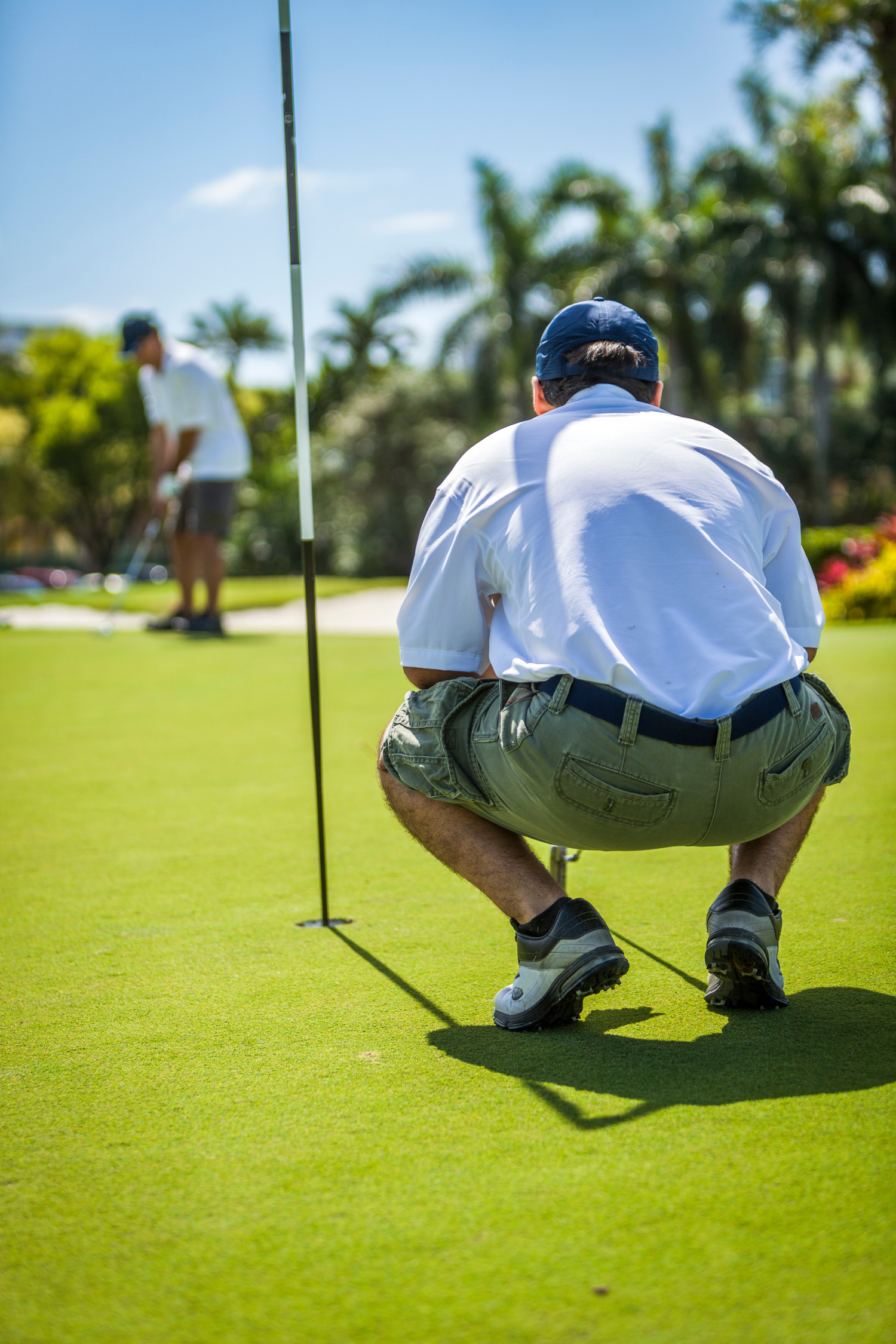
What is golf’s economic impact in Palm Beach County?
“We haven’t done a specific economic study like we did for Major League Baseball,” said George Linley, executive director of Palm Beach County Sports Commission.
While golf continues booming in Florida, that isn’t the case everywhere.
“In the past 15 years, we’ll call it, we actually lost more golf courses than we gained,” McKenna said. “A net loss nationally.”
A glance at the data showed 105 courses closed in 2022.
But Southwest Florida has added courses recently. Examples include Babcock National in Charlotte County, which opened in 2020.
Ave Maria, a town that was founded in 2005, now has two courses, The National Golf and Country Club in Ave Maria and Panther Run Golf Club.
McKenna keeps tabs on local golf clubs from the FGCU Golf Management Program. It is one of only 16 such programs around the country and it’s no accident it is located in Southwest Florida.
“We’re blessed with a great location,” McKenna said.
That helps explain why there are about 140 golf courses with an hour’s drive of campus. Each of those golf courses is an economic engine.
“The average club membership is anywhere from 300 to 400 people times 140 (clubs),” McKenna said. “When you do the math, that’s a lot of people that are shopping at the stores and dining in the restaurants and driving on the roads and you know, I look at it, if you didn’t have 140 golf clubs, what would you have here?”
Fewer restaurants. Fewer hotels. Fewer shops.
Golf, of course, is about more than economics and real estate. At its essence, this very difficult sport to master is about the vexing challenges plus the camaraderie of playing with friends.
What keeps people coming back to the links?
“I think because you get that one pure shot that brings you back you might have had 20 crappy ones prior to that but. …, Oh, I got it,” McKenna said.
The appeal is based on more than those rare, serendipitous moments of golf swing bliss.
McKenna said part of golf’s appeal is that it is a lifelong sport. And there’s more.
“You’re on a great piece of real estate, the views are fantastic. You have four hours of socializing with friends and it’s individual.”
And in Southwest Florida a golf course is seemingly around every corner.

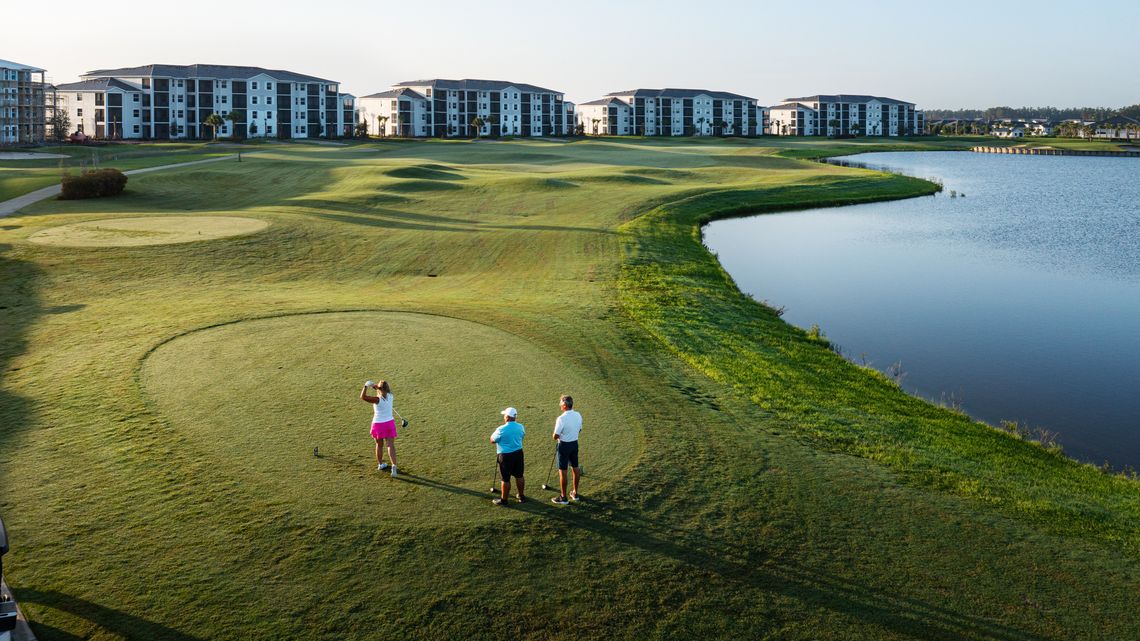
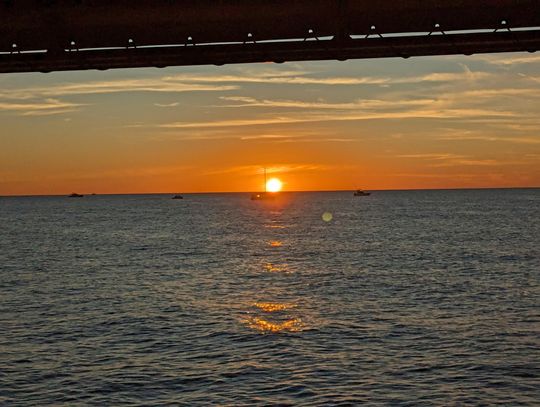
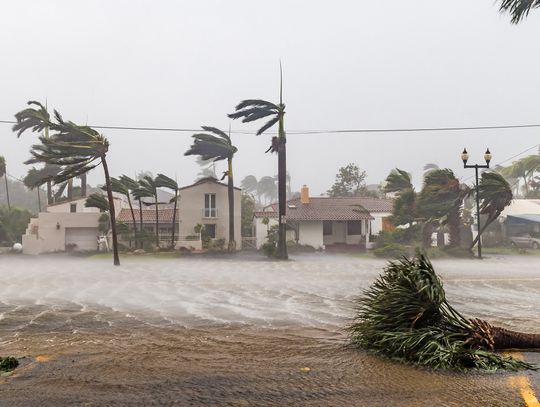
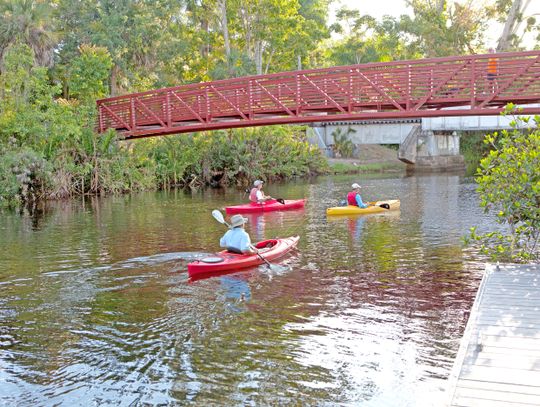






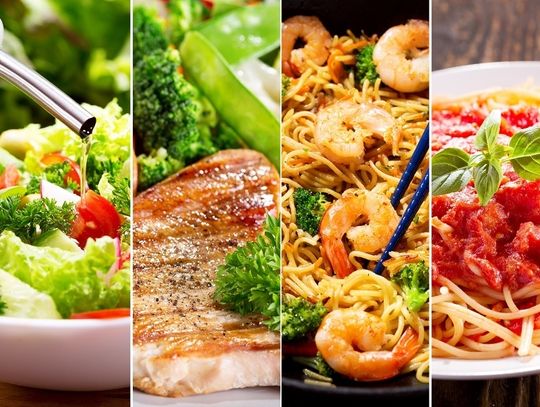



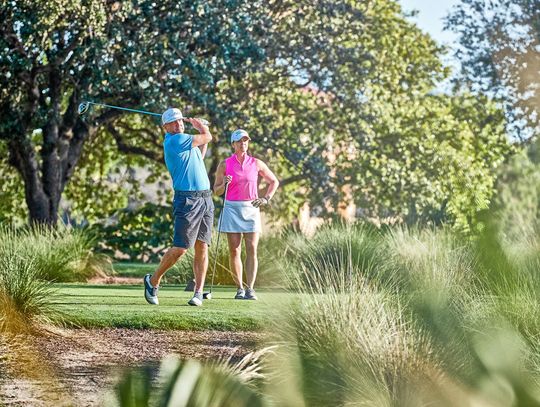
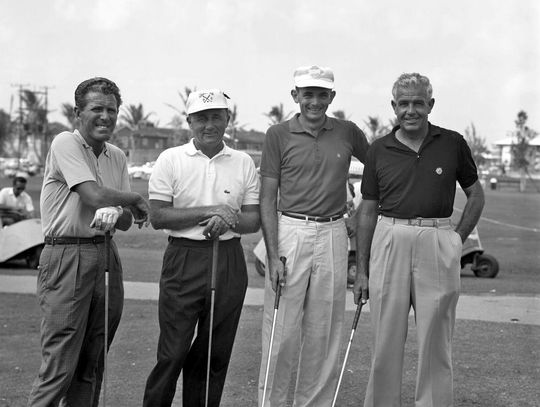
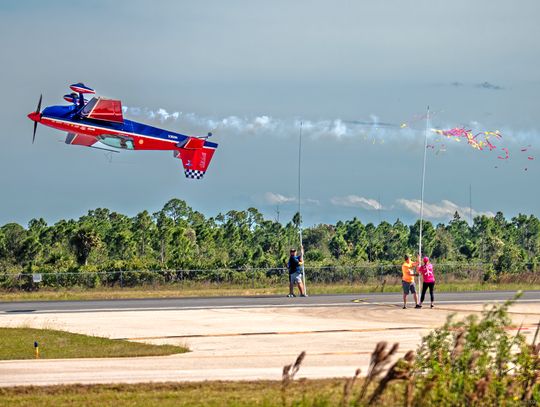
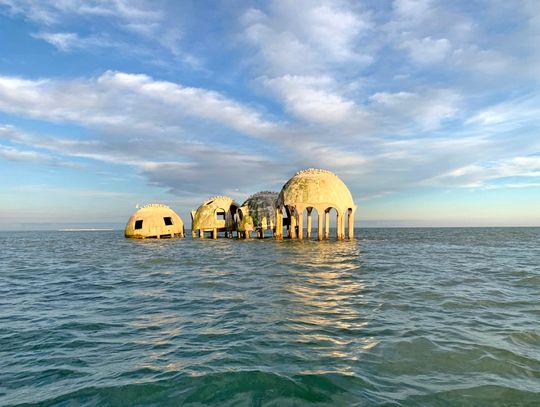

Comment
Comments